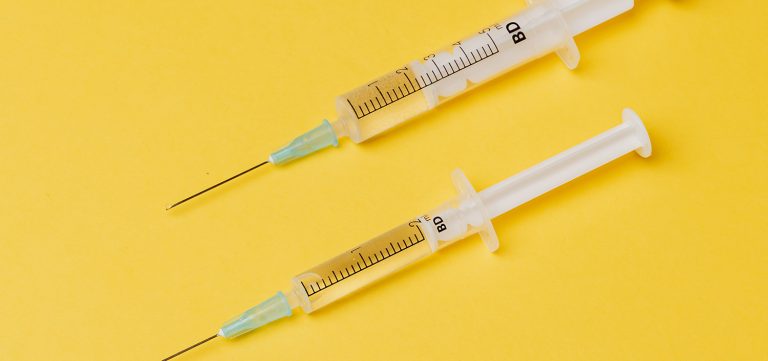Welcome back, my friend! Today’s share is all about surviving self injection during pregnancy.
If you meet certain criteria, such as a history of blood clots, clotting disorders, or other medical conditions that increase the risk of developing clots, your consultant or midwife may recommend self injection during pregnancy.
Older mothers and those who have birthed multiple babies are now routinely prescribed blood thinners. This often starts from the third trimester and continues until 6 weeks after giving birth.
The anticoagulant injections may help to protect you against dangerous and life threatening blood clots.
It’s really normal to feel worried about self injection during pregnancy. But don’t worry – with some prior information and practise, you’ll soon feel like a pro – and injecting will become just another part of your daily routine.
Let’s look at some of the common questions you might have before starting the injections.
What’s the best injection technique?
Administering blood thinning injections requires careful technique to ensure safety and efficacy. Your healthcare provider will guide you through the proper injection technique, which involves subcutaneous injections (just under the skin). They will also advise on the best areas of the body for injections, which typically include the fatty areas of the abdomen (think love handles) or thighs.
From experience, I’ve found that alternating the side of my body I inject on – left to right, gives each side and site chance to recover and reduces the chances of bruising.
Timing is important. I make sure to inject at the same time every day. Also, its really helpful to ensure you are warm, relaxed and comfortable. I find that just before bed works the best for me because I’m nice and calm, and my kids are in bed.
If you have any children or pets, it’s probably best to keep them out of the room while you inject yourself, to avoid any sudden accidents.
Who should perform self injection during pregnancy?
You or your birth partner can administer the injections. Personally, I choose to do it myself as I prefer control over the process. But some people prefer to let their partner take control.
Does self injection during pregnancy hurt?
It can be uncomfortable. I found that the injections were easier at the start of my third trimester, but as my bump grew, it become harder to find a comfortable spot since my flesh was so stretched! At this point, I shifted the injection points round to the top of my butt.
My technique for self injecting
This is how I undertake my injections. Try it, and see if it helps!
First, take a big pinch of flesh from a fatty part of your thigh or belly with your non dominant hand. If injecting in your belly freaks you out, or if baby’s kicks bother you, just move over to the other side. This big pinch of flesh should be reasonably taught – this will help the needle to slide in with minimal pressure, and minimise bruising.
Have your sharpies box ready. Take the needle in your dominant hand and hold it like a pen. Keep it at a straight angle to your body and keep the pressure on.
Remember, you don’t need to go quickly – go at your own pace and if it stings, slow down. Keep the pressure on until you’ve got the needle all the way in. Then gently push the plunger down.
Keep the pressure on until you remove the needle. Then you’re done!
Potential side effects
As with any medication, blood thinning injections may come with potential side effects. Common side effects include bruising or redness at the injection site, minor bleeding, or skin irritation.
It’s important to keep your healthcare provider informed of any unusual symptoms or reactions. And if you’re finding self injection during pregnancy hard, let your doctor or midwife know. Help is on hand!
Final thoughts on self injection during pregnancy
By understanding the necessity of blood thinning injections and following the proper injection techniques, you can definitely nail these injections! Remember, it’s all in the name of health and wellbeing of you and your baby.
Before you know it, you’ll be done with the injections, and can look back on their administration as a time you helped yourself to a smooth and healthy pregnancy journey.
If you find this article helpful, why not subscribe to my blog and follow me on Instagram.
Good luck, and see you next time!







